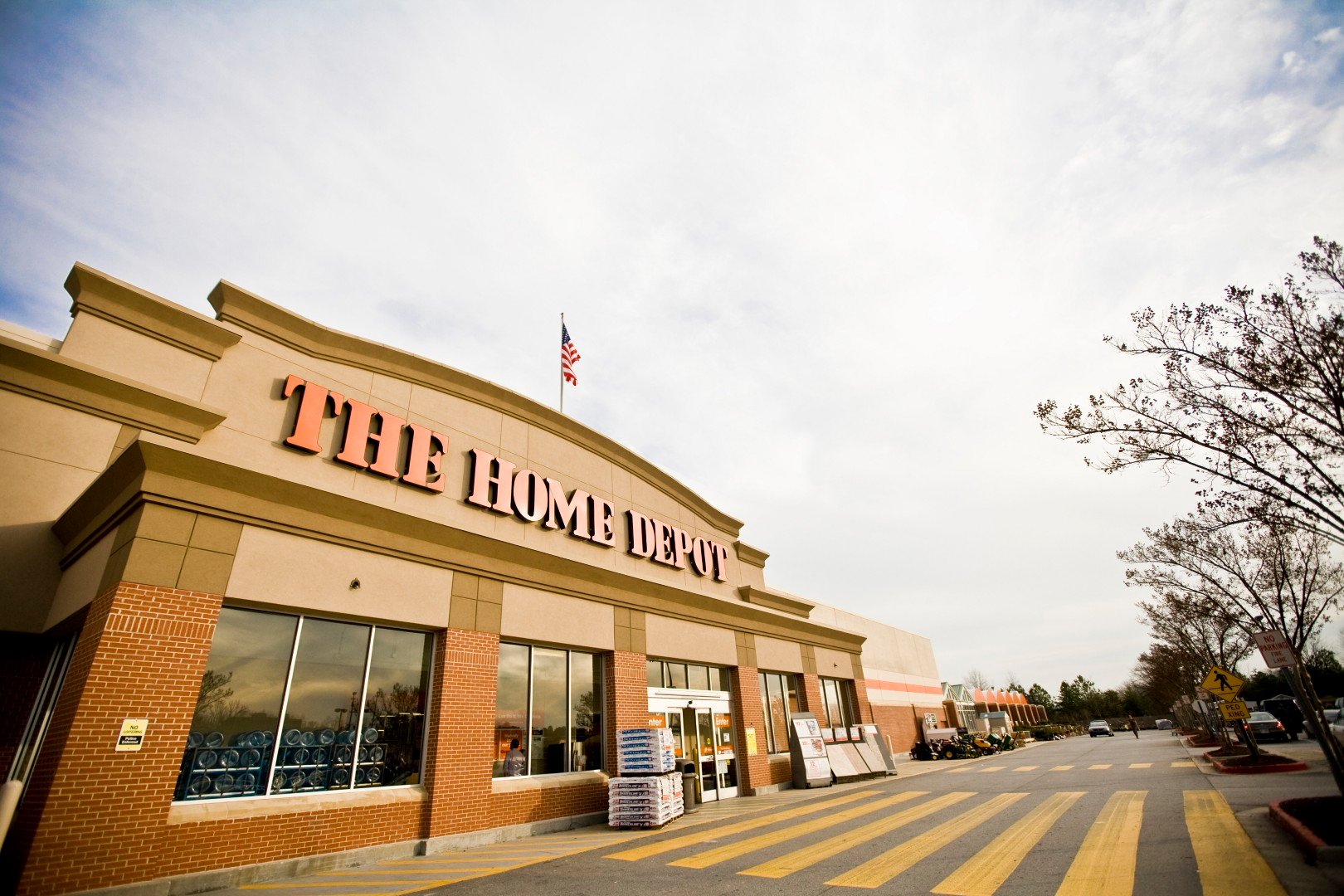In late February, Home Depot (HD +0.50%) closed the books on a record fiscal year in which sales and earnings both trounced management's initial forecasts. The company outpaced most other major retailers while stealing more market share from rival Lowe's (LOW +2.38%).
Here are a few metrics that describe Home Depot's stellar fourth-quarter performance.
5.8% -- Comparable-store sales
Sales growth sped up to a surprising 5.8% pace, putting the company at 5.6% gains for the year compared to the range of between 3.7% and 4.5% that they issued in early 2016. That result kept plenty of distance between Home Depot and Lowe's, which grew at 4.2% in 2016.
The company achieved those gains through a healthy mix of increased customer traffic and higher average spending. Home Depot handled 2.8% more transactions in the quarter as customers shelled out 2.9% more on each trip.
11.6% -- Growth in high-value transactions
Home Depot enjoyed an almost 12% spike in transactions that totaled $900 or more, demonstrating that its aggressive push into the professional side of the industry is bearing fruit.

Image source: Getty Images.
Pro sales grew faster than the company average in categories like fencing, flooring, electrical wiring, and industrial lighting.
19% -- E-commerce sales gains
The company made major progress in bulking up its digital infrastructure this quarter by launching a redesigned website and rolling out functionality for buy-online, ship-from-store options.
Aggressive moves like these are helping Home Depot stay relevant as consumers embrace e-commerce for a wider range of products. Its 19% digital sales spike pushed e-commerce to just under 6% of the business, yet nearly half of all orders still include a physical trip to a Home Depot location.
$2 billion -- New debt
Home Depot took out $2 billion of new loans to push its total long-term debt burden up above $22 billion. It was an easy decision for the management team, though, given the historically low interest rates and its declining debt burden as a percentage of earnings. Interest payments are still below 1% of sales, after all.
Home Depot plans to continue dipping into credit markets to fund its share repurchase program, where appropriate, leaving operating earnings available for dividend payments and investment back into the business.
14.2% -- Operating margin
Operating profitability jumped from 13.3% of sales to over 14%, while Lowe's figure stayed in single-digit territory.
LOW Operating Margin (TTM) data by YCharts.
Executives are aiming to get that figure up to 14.5% by 2018 from 13.3% in 2015, and they appear on track to hit that aggressive goal a full year ahead of schedule.
31.4% -- Return on invested capital
Home Depot's return on invested capital (ROIC) rose by more than 3 percentage points in 2016, to pass 31%. More than any other single number, this figure shows off management's impressive efficiency, and ranks the company near the top among all blue chip stocks.
$9.8 billion -- Cash flow
Home Depot generated just under $10 billion of cash from operations last year, up 4% over the prior year. That left plenty of funds to pay for almost $2 billion of capital investments and $3.4 billion of dividends. The company plans to cross $11 billion of operating cash flow in 2017.
55% -- New dividend payout
For the last few years, Home Depot has targeted delivering 50% of earnings to shareholders in dividend payments. That payout ratio makes it more generous than Lowe's, which aims to return 35% of profits to its shareholders while it prioritizes more aggressively expanding its store base. Home Depot widened that gap this quarter, pushing its planned payout to 55% while announcing its biggest dividend increase since 2013.
Overall, the fourth quarter and 2016 results put Home Depot ahead of its long-term operating and financial goals. It should pass $100 billion of annual sales sometime in the next year as the housing market continues to improve. Meanwhile, it should produce nearly $15 billion of operating profit in 2017 and generate an almost 35% return on invested capital.








